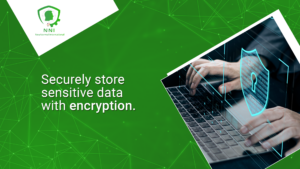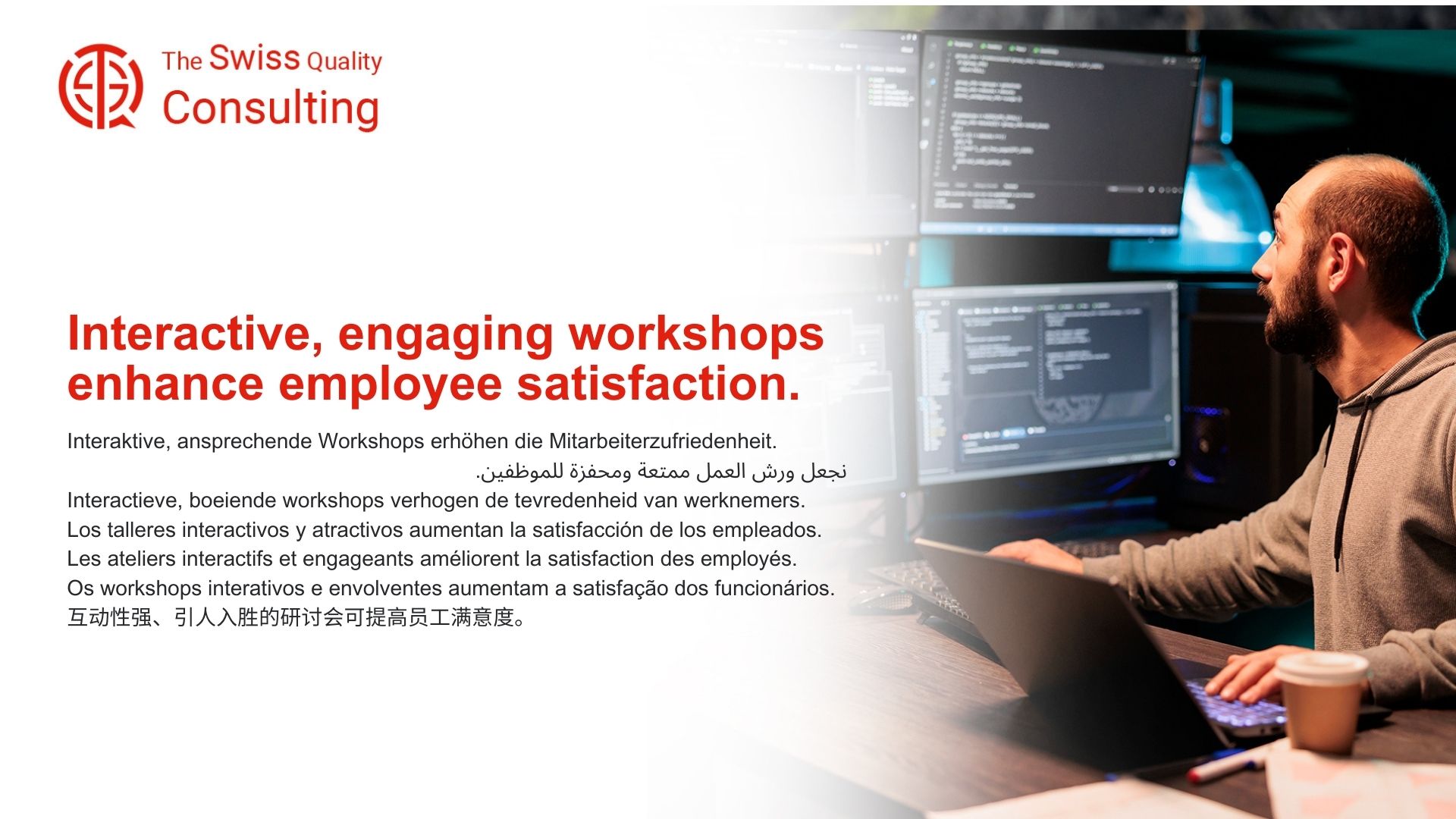The Rising Profitability of IT Security Business
In the modern business landscape, IT Security Business has emerged as a highly profitable sector. This trend reflects the growing recognition among business executives, mid-level managers, and entrepreneurs of the critical role that IT security plays in safeguarding operations and data.
Change Management in the Era of IT Security
Effective change management is not just pivotal, but an absolute necessity for businesses seeking to adapt to the rapidly evolving landscape of IT security. In a world where cyber threats are becoming increasingly sophisticated, the ability to agilely update and refine strategies and practices is key to staying ahead of potential risks. This means that businesses must not only be reactive in responding to threats as they emerge but also proactive in anticipating and preparing for future vulnerabilities.
Continuously updating strategies involves a comprehensive approach, where every aspect of the business is considered in light of potential cyber risks. This includes regularly reviewing and upgrading technical defenses, such as firewalls and antivirus software, but also extends to updating internal policies and procedures. It’s about creating a resilient infrastructure that can withstand and recover from any cyber-attacks.
Moreover, training and educating employees play a crucial role in this dynamic approach. As the human element is often the weakest link in IT security, ensuring that staff are aware of the latest threats and know how to respond is crucial. Regular training sessions, simulations, and awareness programs can help create a culture of cybersecurity within the organization.
Maintaining operational integrity in the face of cyber threats also means having robust recovery and response plans. Businesses must have clear procedures in place for responding to security breaches. This includes not only technical responses to contain and mitigate the damage but also communication strategies to manage stakeholder relationships during and after an incident.
Achieving long-term business success in today’s digital age requires viewing IT security as a strategic priority, not just an IT issue. It should be woven into the fabric of the business strategy, with top-level executives playing an active role in driving a security-first culture. This strategic integration ensures that IT security is not just a one-time initiative but a continuous process that evolves alongside the business and the broader cybersecurity landscape.
In essence, effective change management in the context of IT security is about creating a responsive, agile, and educated organization. It requires a balance of technical solutions, employee training, policy updates, and strategic integration, all working in harmony to protect the business from cyber threats and ensure its long-term growth and success.
Role of Executive Coaching in IT Security
Executive coaching services are increasingly focusing on IT security. Leadership in this domain requires not only technical knowledge but also the ability to make informed decisions, understand risk management, and communicate effectively about IT security issues.
Effective Communication in IT Security
Effective communication within an organization is critical for implementing and maintaining robust IT security measures. Clear, consistent communication helps in creating a culture of cybersecurity awareness and compliance.
Leveraging Generative AI in IT Security
Generative Artificial Intelligence (AI) is becoming a game-changer in IT security. By harnessing the power of AI, businesses can enhance their threat detection capabilities, automate responses, and stay ahead of cybercriminals.
Conclusion
The profitability of IT security underscores its importance in the modern business world. By integrating IT security into change management processes and leadership training, businesses can not only protect themselves but also tap into new opportunities for growth and success.
#ITSecurity, #BusinessGrowth, #ChangeManagement, #ExecutiveCoaching























